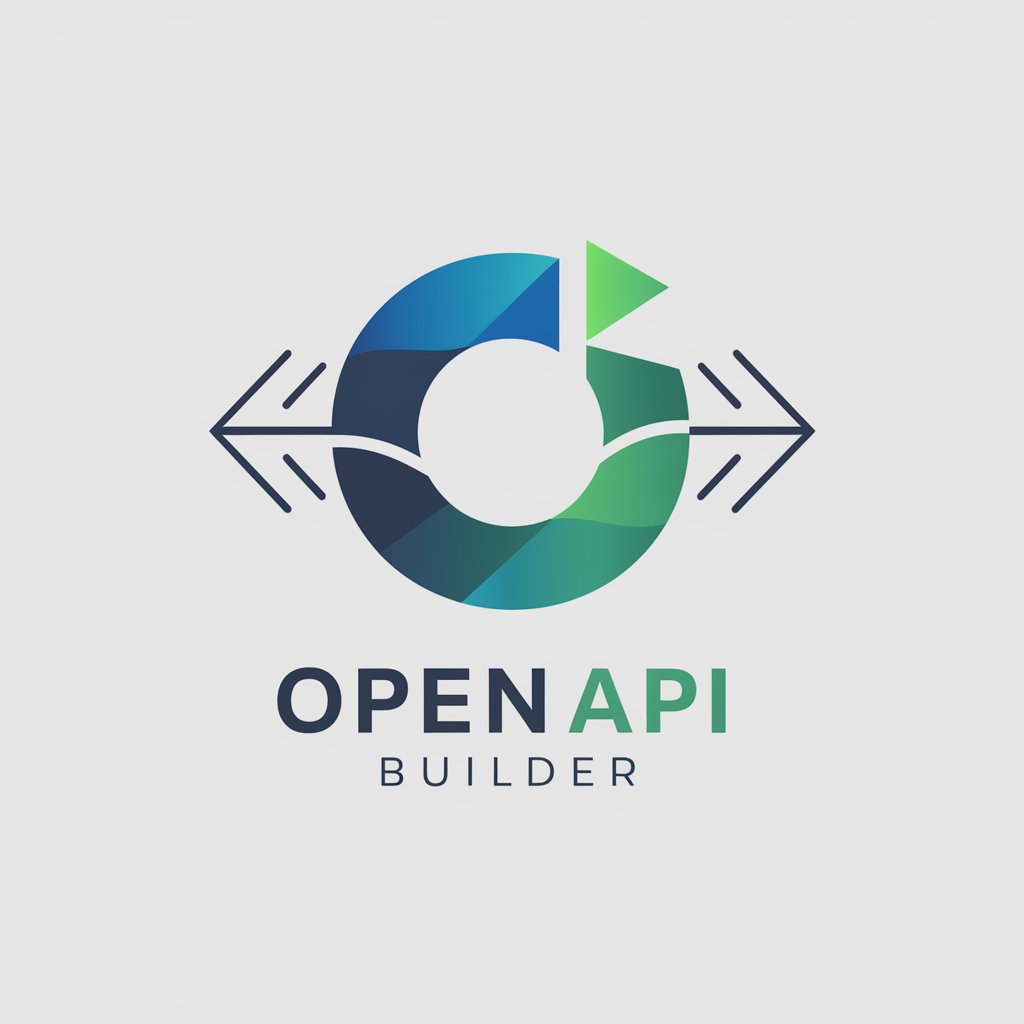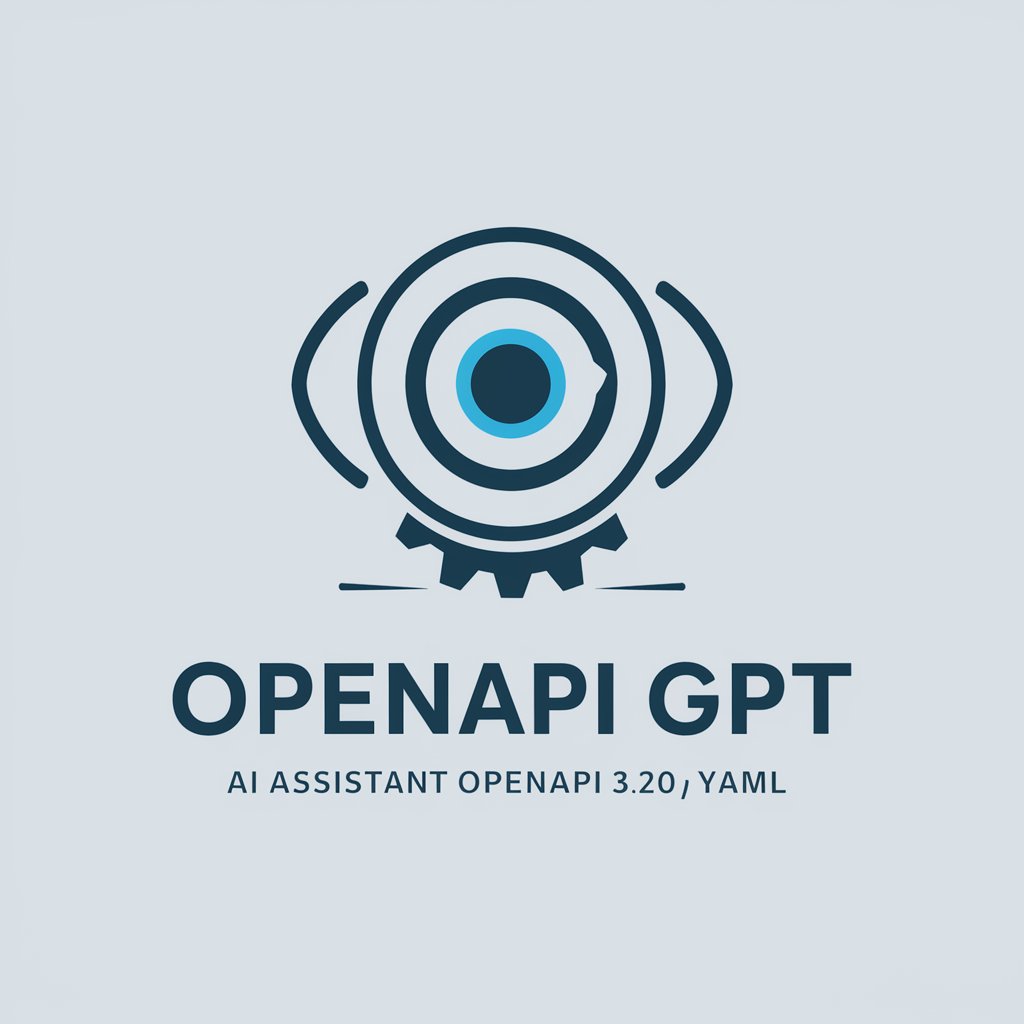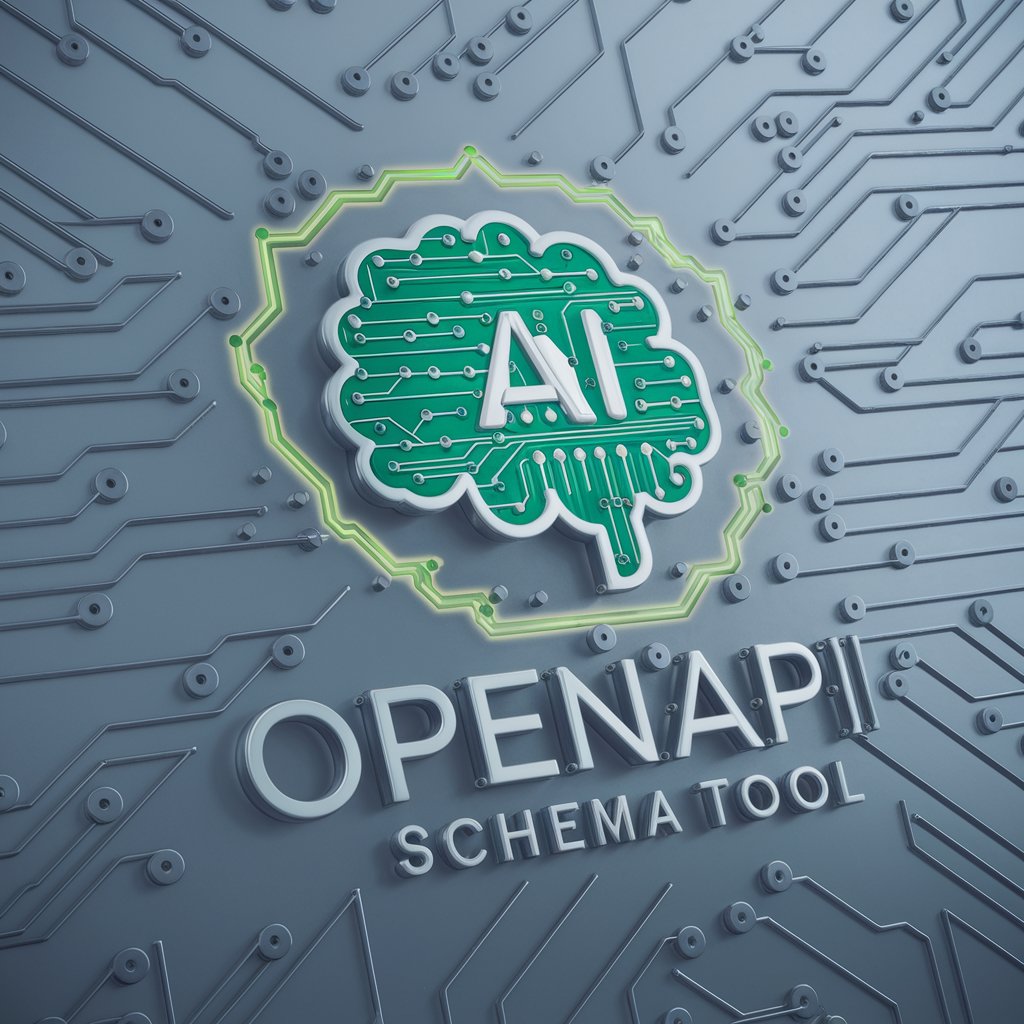
API 转 OpenAPI - API Specification Conversion
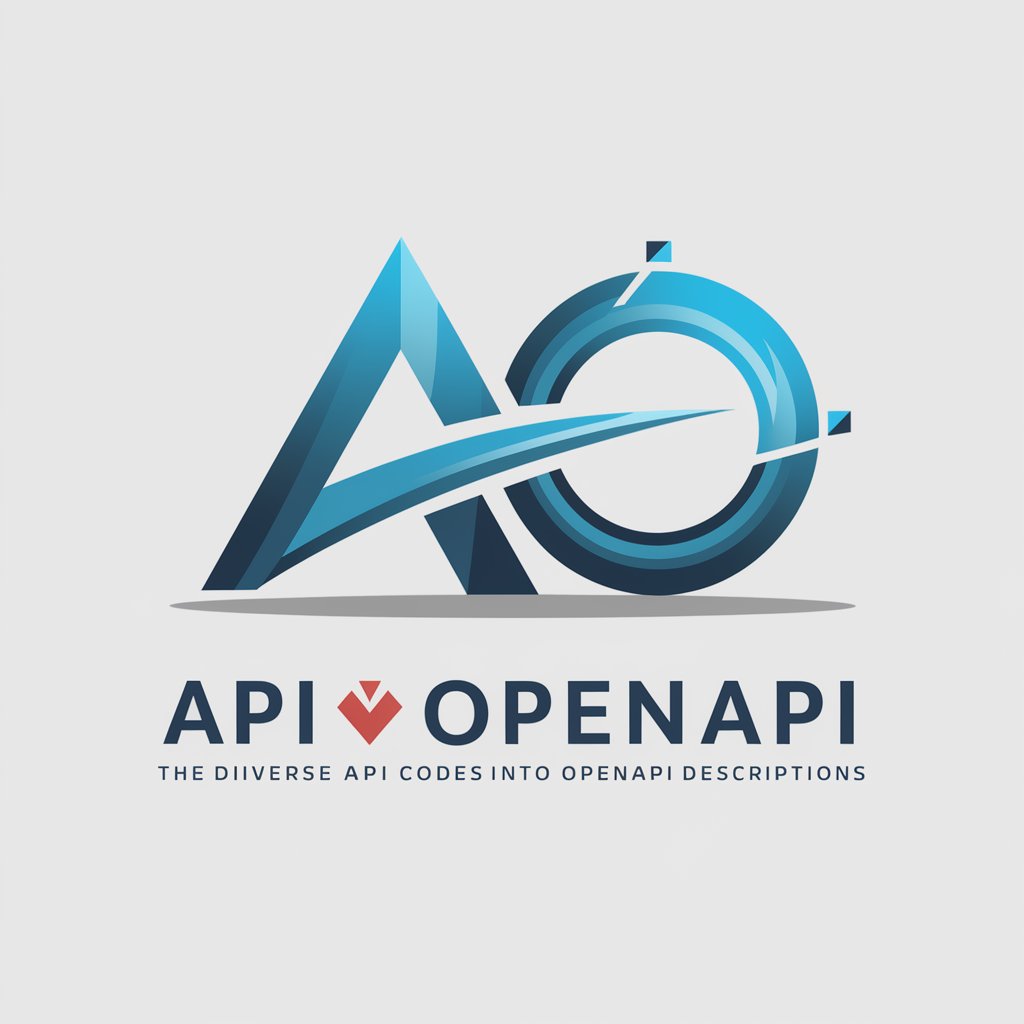
Welcome to API 转 OpenAPI, your expert in API to OpenAPI conversions.
Transform APIs with AI-Powered Precision
Convert this API code to an OpenAPI description:
Generate an OpenAPI schema for the following API code:
Transform the client and request code into a standardized OpenAPI format:
Analyze this API code and create an OpenAPI description:
Get Embed Code
Introduction to API 转 OpenAPI
API 转 OpenAPI is a specialized tool designed to convert API code into descriptions that comply with the latest OpenAPI Specification (OAS). The primary goal of this tool is to facilitate a smooth transition from existing API implementations to a standardized OpenAPI documentation format. This not only helps in generating API documentation automatically but also in ensuring interoperability between different software tools and technologies. By analyzing and restructuring API code from various programming languages and components such as client and request sections, API 转 OpenAPI generates a comprehensive OpenAPI description. This process involves precise identification, analysis, and integration of API code elements into a structured OpenAPI document, enabling developers and organizations to leverage the benefits of OpenAPI standards like improved API discoverability, easier maintenance, and enhanced security frameworks. For example, converting a RESTful API designed in Python Flask or JavaScript Express into an OpenAPI specification could streamline documentation and client SDK generation, facilitating easier consumption and integration of the API by developers across different platforms. Powered by ChatGPT-4o。

Main Functions of API 转 OpenAPI
API Code Analysis and Conversion
Example
Converting Python Flask routes into OpenAPI paths.
Scenario
A developer wants to document a Flask-based REST API. API 转 OpenAPI analyzes the Flask route decorators and function docstrings to generate corresponding OpenAPI paths and operations, making the API discoverable and understandable.
Interoperability and Integration Enhancement
Example
Enhancing API integration with third-party tools like Swagger UI.
Scenario
An organization seeks to enable API testing and interaction through Swagger UI. By converting their API into an OpenAPI specification, API 转 OpenAPI enables direct integration with Swagger UI, allowing end-users to test API endpoints interactively.
Security Specification Incorporation
Example
Defining security schemes for API authentication methods.
Scenario
A service requires API keys for accessing its endpoints. API 转 OpenAPI assists in incorporating security schemes within the OpenAPI documentation, detailing how clients should authenticate using API keys, thus standardizing and securing access.
Automatic Documentation Generation
Example
Generating detailed API documentation from code comments.
Scenario
To ease the documentation process, API 转 OpenAPI extracts comments and annotations from the source code to automatically generate comprehensive and up-to-date API documentation, facilitating developer onboarding and API usage.
Ideal Users of API 转 OpenAPI Services
API Developers
Developers working on designing, implementing, or maintaining APIs stand to benefit greatly from API 转 OpenAPI. It helps them in standardizing API documentation, simplifying the integration process with other services, and ensuring their APIs are easily consumable by developers across different platforms.
Technical Writers
Technical writers involved in documenting APIs can use API 转 OpenAPI to automatically generate initial drafts of API documentation. This tool can significantly reduce the time and effort required to create accurate and comprehensive API guides.
Project Managers and Architects
Project managers and software architects looking to adopt or enforce OpenAPI standards within their development teams and projects will find API 转 OpenAPI invaluable. It facilitates the seamless transition of legacy or informal API documentation to standardized OpenAPI specifications, aiding in project planning, execution, and maintenance.

How to Use API to OpenAPI Converter
Initiate the Process
Start by visiting yeschat.ai to access a free trial without the need for login, sidestepping the requirement for ChatGPT Plus.
Prepare Your API Code
Gather the API code you wish to convert. Ensure it is well-documented and structured for accurate conversion.
Input Your API Code
Enter your API code into the provided field. Support is available for various programming languages and API formats.
Convert and Review
Submit your code for conversion. Review the generated OpenAPI specification for accuracy and completeness.
Finalize and Download
Make any necessary adjustments based on the conversion review, then download the OpenAPI specification for your use.
Try other advanced and practical GPTs
Dream Painting
Visualize and Interpret Dreams with AI

FakePaulGrahamQuoteGPT
Generate fictional wisdom, powered by AI.

GovChat - Government API Guide
Unlocking Government Data with AI
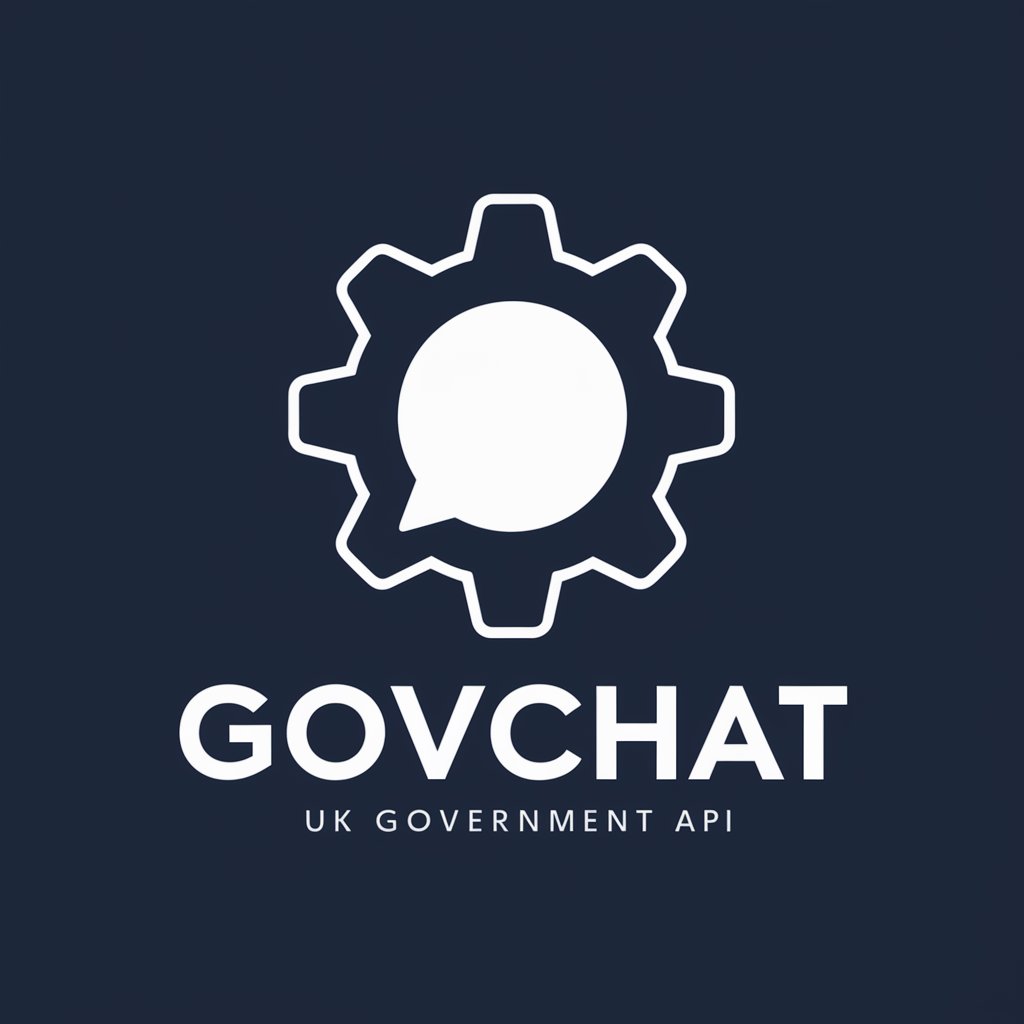
GovChat - Companies
AI-powered UK company insights at your fingertips.
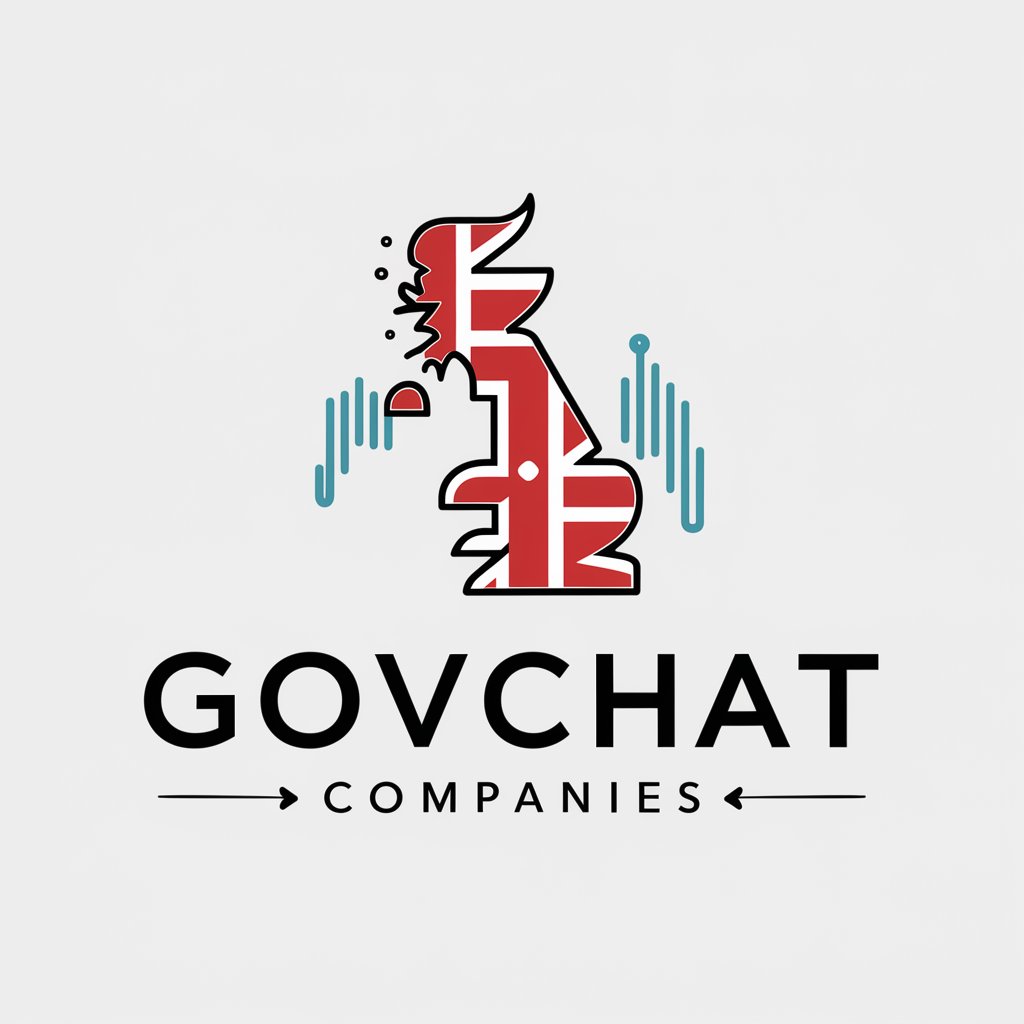
GovChat - Police Data
Empowering Public Safety with AI

GovChat - Statistic Datasets
Navigating Data with AI Precision
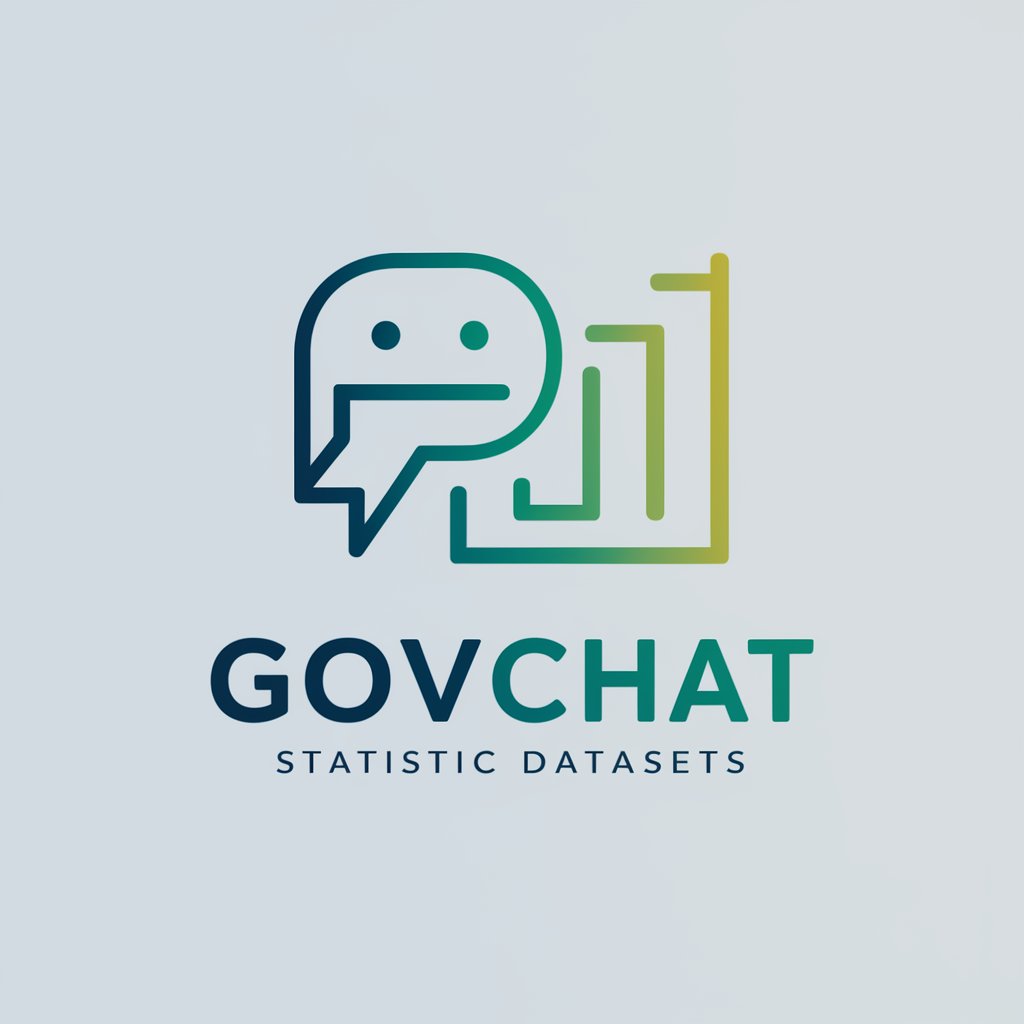
Peter Drucker
Empowering Leadership and Innovation

智谷超级大脑
Elevate Intelligence with AI
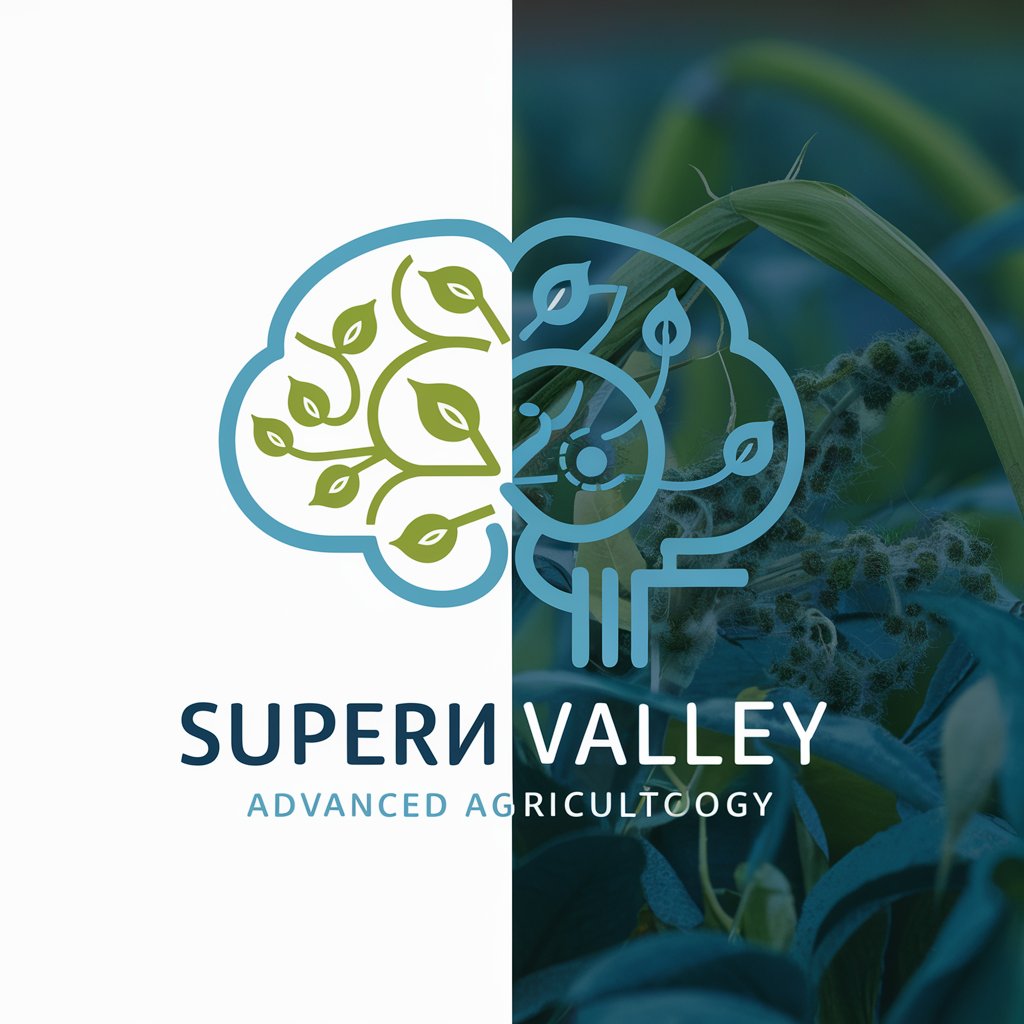
Idea Generator For GPT
Unlock creativity with AI-powered ideation.

RealGPT
Empathetic AI for Personalized Interaction

Stills
Bringing Quotes to Life with AI

Email Evaluator
Enhancing Business Emails with AI

Frequently Asked Questions about API to OpenAPI Converter
What is API to OpenAPI Converter?
It is a tool designed to transform your existing API code into a specification that adheres to the latest OpenAPI standards, facilitating easier integration and documentation.
Which programming languages does the converter support?
The converter supports a wide range of programming languages, including but not limited to JavaScript, Python, and Java, ensuring broad compatibility.
Can I convert APIs that use authentication?
Yes, the converter is capable of handling APIs with various authentication mechanisms, including OAuth2, Basic Auth, and API keys, among others.
How accurate is the conversion?
The conversion process aims for high accuracy by analyzing and structuring your API code according to OpenAPI specifications, though manual review is recommended.
Is there support for converting RESTful and GraphQL APIs?
Yes, the tool supports converting both RESTful APIs and GraphQL APIs, making it versatile for different API architectures.
